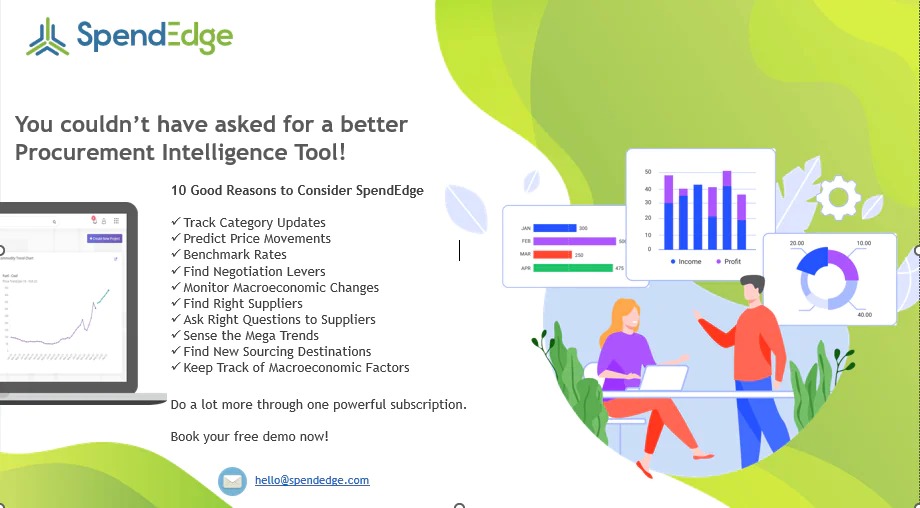Supply Chain Risk Management Explained
Supply Chain Risk Management (SCRM) is a critical process for safeguarding business continuity and profitability by systematically identifying, assessing, and mitigating risks within the supply chain. It addresses uncertainties such as demand fluctuations, supplier failures, natural disasters, geopolitical tensions, economic shifts, and cyber threats. Effective SCRM enhances organizational resilience by leveraging strategies like supplier diversification, robust contingency planning, proactive monitoring, and advanced cybersecurity measures. Modern tools, including supply chain mapping and risk assessment software, provide the visibility needed to anticipate and manage potential disruptions. By adhering to best practices—such as conducting regular audits, implementing training programs, and fostering clear communication channels—organizations can ensure a robust and proactive approach to navigating supply chain complexities.
Risk Management Framework

Managing both known and unknown supply chain risks is a dynamic process that requires collaboration and adaptation to ensure a resilient supply chain. By addressing both risks, businesses can enhance their supply chain’s ability to handle disruptions and maintain continuity.
In case of known risks, companies should look to identify the risks, assess impact, use strategies such as contingency plans and diversification, and continually monitor and update mitigation efforts. In case of unknown risks, companies must plan for scenarios, prioritize flexibility, build strong relationships, embrace technology for visibility, and foster innovation to adapt to unforeseen disruptions effectively.
Risk identification and registration
Usually, risk identification involves recognizing and outlining potential risks that could affect the successful implementation of a process or project. This stage represents the initial step in risk management, aiming to systematically predict, evaluate, and manage potential threats to an organization. Risks are recorded properly and continuously monitored. At this stage, any part of the supply chain that lack data and require further examination should also be recorded.
Evaluate and Manage Supply Chain Risks
Each risk listed in the register needs to be evaluated using three criteria to establish a comprehensive risk management structure: the potential impact on the organization if the risk occurs, and the organization’s readiness to address that particular risk. The risk scores are subjected to tolerance thresholds that mirror the organization’s willingness to accept risk.
It is important to prioritize risks based on likelihood and impact and develop contingency plans for each by regularly monitoring and updating the framework to adapt to changing circumstances. It is crucial to involve stakeholders and gather input throughout the process for a comprehensive approach.
Monitoring and updating
The risk management plan must undergo constant monitoring and updating as the project progresses. New risks could arise, and the probability and consequences of existing risks might change, underscoring the significance of maintaining an up-to-date risk management plan. This guarantees that the project remains covered from potential risks throughout its lifecycle.
Supply chain risk governance and review mechanism
Robust governance and review involve establishing structures and processes to oversee an organization’s activities. For supply chain risk management, it includes creating policies and procedures to assess and manage potential risks that could affect the supply chain. Regular reviews would involve periodic assessment of the supply chain to identify vulnerabilities, evaluate the effectiveness of risk mitigation strategies, and make necessary adjustments. This helps to ensure the resilience and efficiency of the supply chain.
Common Risk Factors
Internal Factors
| Type of Risk | Description | Examples |
|---|---|---|
| Operational Risks | Risks arising from the daily operations of a company, including internal processes and systems. | Machinery breakdowns, IT system failures, labor disputes. |
| Financial Risks | Risks related to financial factors that can affect a company’s ability to manage its finances effectively. | Changes in exchange rates, liquidity issues, difficulties accessing capital. |
| Strategic Risks | Risks associated with high-level business decisions that can impact the overall direction of the company. | Mergers, acquisitions, market expansions. |
| Human Resource Risks | Risks stemming from employee-related issues that can affect operational efficiency. | Employee turnover, strikes, inadequate training. |
| Quality Risks | Risks related to the quality of products or materials that can lead to significant repercussions. | Compromised product quality, recalls, reputational damage. |
External Factors
| Type of Risk | Description | Examples |
|---|---|---|
| Geopolitical Risks | Risks arising from political instability, trade wars, tariffs, and changing regulations affecting global operations. | Political instability, trade wars, tariffs. |
| Environmental Risks | Risks from natural disasters that can disrupt manufacturing, transportation, and logistics. | Earthquakes, hurricanes, extreme weather events. |
| Economic Risks | Risks related to economic conditions that can challenge supply chain stability. | Economic downturns, fluctuating demand, volatile commodity prices. |
| Technological Risks | Risks from rapid technological changes that may render existing processes obsolete or expose systems to cyber threats. | Cyber-attacks, IT system failures. |
| Supplier Risks | Risks stemming from supplier failures due to financial instability or operational issues that affect the supply chain. | Supplier financial instability, operational disruptions. |
How SpendEdge can help
SpendEdge Solutions
- Stay up to date with changes in the supply chain
- Develop strategies to effectively mitigate risks
- Be informed of supplier risks
Stay up to date with changes in the supply chain
Our procurement advisors play a crucial role in keeping organizations informed about supply chain updates and uncertainties. They monitor and assess potential disruptions in the supply chain, such as changes in transportation, regulatory issues, or geopolitical events, and provide guidance on how these factors could impact procurement strategies.
Develop strategies to effectively mitigate risks
Our experts identify vulnerabilities and create strategies to mitigate supply chain risks, including diversifying suppliers, establishing contingency plans, and ensuring clear communication channels for swift responses to disruptions. We also assist in developing actionable contingency plans for scenarios like supply chain interruptions or economic downturns, outlining responsibilities to ensure organizations can adapt quickly to unforeseen events.
Be informed of supplier risks
SpendEdge’s proprietary tool D-Risk helps to assess and manage supplier risks. Our procurement advisors utilize this tool to help organizations in evaluating and mitigating potential risks associated with their suppliers by analyzing internal and external risks, geopolitical factors, operational cost and stability, and reputation risks. Our advisors are also capable of helping with the analysis of suppliers’ financial information, examining how they handle revenue and cash flows during periods of economic expansions and positive trends.
Take proactive steps to safeguard your business against potential supply chain disruptions. For a comprehensive assessment of your supplier risk management strategies and discover tailored solutions that ensure compliance and operational resilience in an ever-evolving marketplace…
Success Story: How SpendEdge helped a CPG client
Our client is a mid-sized Consumer Packaged Goods (CPG) company based in France and has a worldwide presence. The company aims to provide sustainable products by anticipating emerging trends and addressing the ever-changing needs and preferences of consumers.
The client is encountering challenges with managing risks within their supply chain. These risks encompass a range of factors, including dealing with capacity limitations and addressing supply quality concerns, as well as solutions in order to strengthen their overall supply chain network.
Our procurement advisors assisted the client in overseeing the risk analysis procedure, assessing potential risks, and devising approaches to tackle these issues. Additionally, our research aided the client in incorporating past and current endeavors, which included business continuity and supply chain security efforts.






